Like a time machine, music has the ability to take you back to a place that means a lot to you. Whether it’s the bustle of the city, awe-inspiring temples, or the laid-back charms of tropical island life that you yearn for, these songs can take you there.
So lie back, put on your headphones, close your eyes and let these tracks transport you to the Southeast Asian destinations you miss the most.
Bangkok
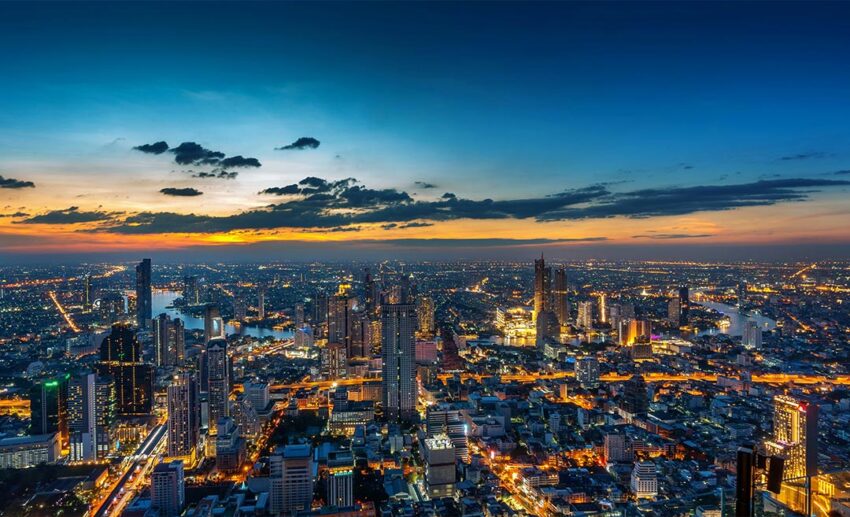
Most visitors to Bangkok would agree that the city is a sensory overload, with centuries-old temples co-existing alongside modern shopping malls and buzzing nightlife. Arguably the most well-known Southeast Asian city, the Thai capital, has inspired many songs in the West where lyrically, Asian countries get mixed up, like in Alex Chilton’s “Bangkok” (1978) or Murray Head’s “One Night In Bangkok” (1984).
To truly appreciate the City of Angels, give the local artists a go. A good example is rapper Ben Bizzy, who paints a picture of Bangkok with “Krung Trap” (2019) in a way only a resident can. The upbeat electronic trap pop track portrays the life of a local, from hanging out at the Japanese-themed Donki Thonglor shopping mall to hustling to buy branded goods.
Be warned, however. The lyrics can be explicit, with Ben Bizzy recounting his sexual escapades and smoking some “leaves from nature”.
Bali
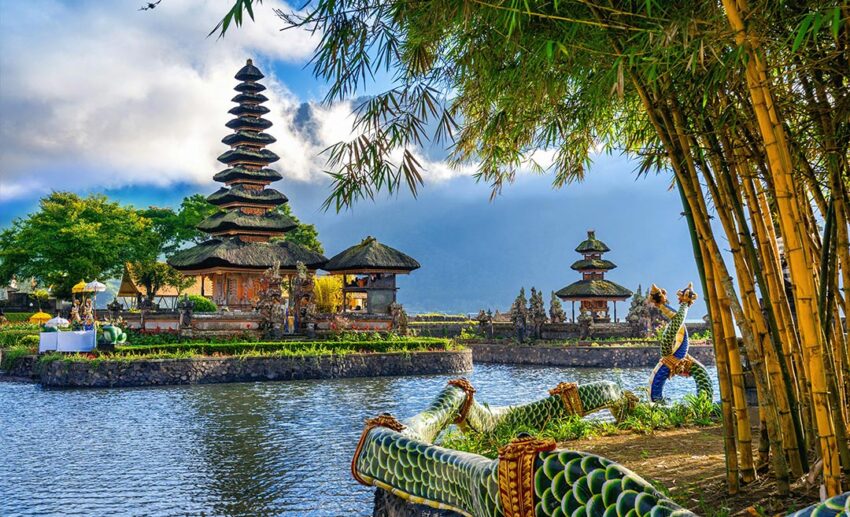
For many Australians, Bali is the undisputed summer break destination. So it wasn’t surprising when Aussie folk group Redgum released “I’ve Been to Bali Too” in 1984.
From renting a scooter to getting caught in a tropical storm, the song perfectly describes the hijinks every first-time visitor to the island has experienced.
For Indonesians, one of the most memorable songs about the island is the sentimental “Lembayung Bali” (2002), sung by Bali’s very own Saras Dewi. In the song, Saras muses on long-lost friendships while admiring the violet hues (lembayung) of Bali’s glorious sunset, resonating with those who have visited the island in their youth with friends.
And yes, there’s a Balinese beer named after the tune “Bali Hai” from the musical South Pacific. The song’s not about the Indonesian island but refers to Ambae island in Vanuatu.
Siem Reap
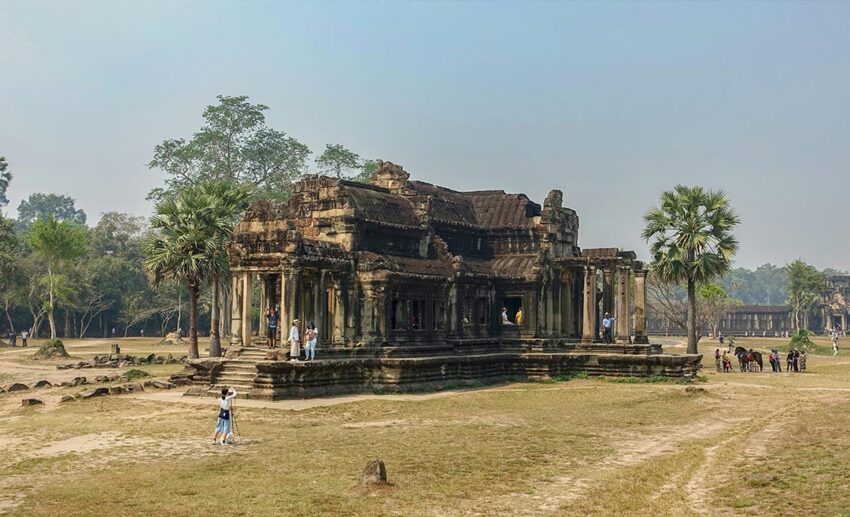
A historical and cultural icon, Siem Reap’s Angkor Wat has long been a beacon for those seeking spiritual enlightenment. As surreal as the City of Temples is “Angkor Wat” (1991) by English progressive rock band Yes.
Utilising synthesisers and sonics, this trippy track urges listeners, children of the universe, to return to the centre – Angkor Wat. Not to be outdone, American heavy metal band Manilla Road traverses the mists of Angkor Wat to the birthplace of “magik”. Yes, “Born Upon the Soul” is just as magical.
But Cambodians know that dance is the best way to celebrate the divine. No, not as in the classical Apsara dance, but something a little more animated. Something like Khmer superstar Khemarak Sereymun’s “Roam Vong Angkor” (2018), a song about keeping Khmer heritage alive.
To dance under the moonlight and pick flowers for your dream lover, as the lyrics go, is exactly what we plan to do on our next visit to the ancient city.
Manila
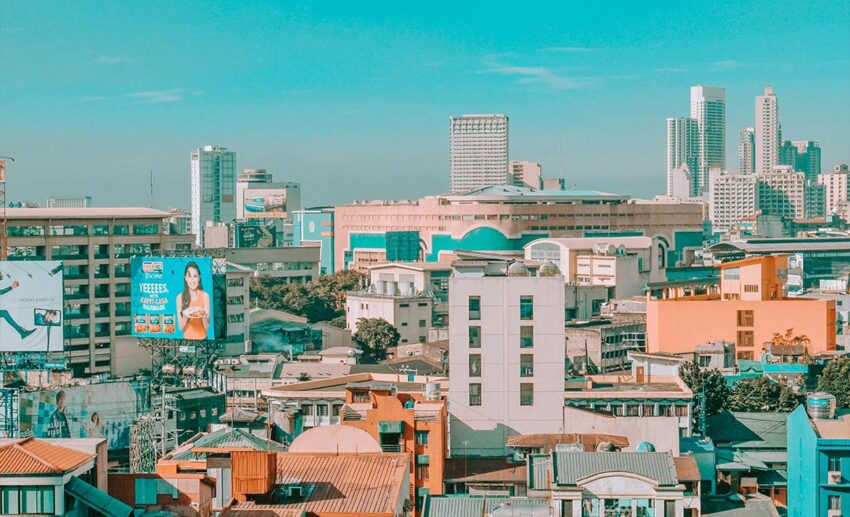
In 1958, Mexican group Trio Los Panchos won the hearts of Filipinos with “Manila, Manila, Manila” in praise of the city as a place they’d always longed to visit. Though many local songs have also been written in the same vein, “Haligi ng Maynila” (1997) by The Jerks shows the city in another light.
The rock band’s anthemic tune salutes Manila’s working class, hailing them as the pillars (haligi in Tagalog) that support the city. This song delves into the essence of Manila – the friendly, hard-working people you encounter throughout your visit there.
For something more festive, try Ariel Rivera’s “Pasko sa Maynila” (1996). If you’ve visited Manila between September and December, you’ll remember the beautiful Pasko (Christmas) decorations and festive atmosphere that befits the country with the world’s longest Yuletide season.
Hanoi
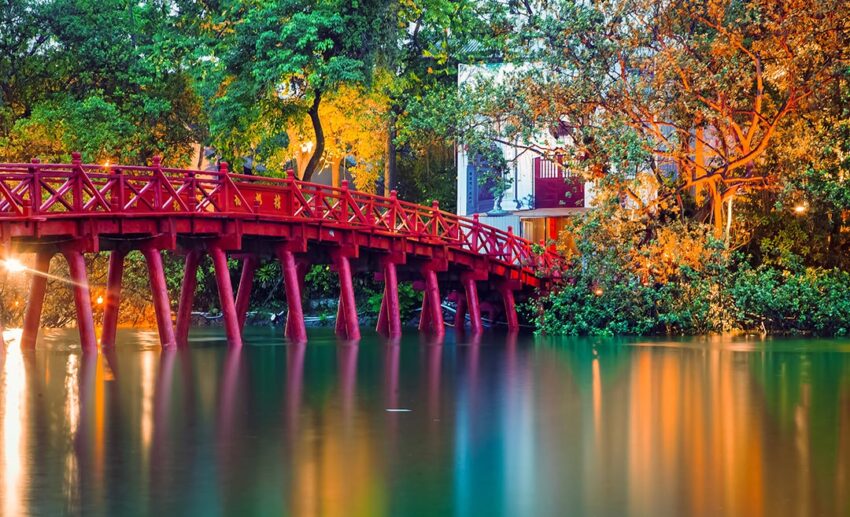
Vestiges of the French colonial era are evident everywhere you go in Hanoi, from the baguettes used to make banh mi sandwiches to the buildings in the Old Quarter with their airy balconies and sweeping French doors. To this day, Hanoi continues to be a source of fascination for the French, as expressed by singer-songwriter La Grande Sophie in her song “Hanoi” (2015).
She admits that she has taken to the city’s traffic, endless honking and water puppets and promises to return. To the Vietnamese, Hanoi is an elegant, romantic city that has inspired many poems and songs.
In her melodious “Nho Mua Thu Ha Noi” (1996), local pop diva Hong Nhung reminisces about the leaves turning red and gold down the capital city’s tree-lined streets before the
wind carries them away.
On the other hand, singer and songwriter Nguyen Duc Cuong depicts a more lively version of the city in his song “Nong Nan Ha Noi” (2008). The lyrics take you back to Hanoi’s busy morning rush with locals on their way to work filling the streets, memories of eating on low stools at roadside stalls and Hoan Kiem Lake, where the elderly practice tai chi.
Kuala Lumpur
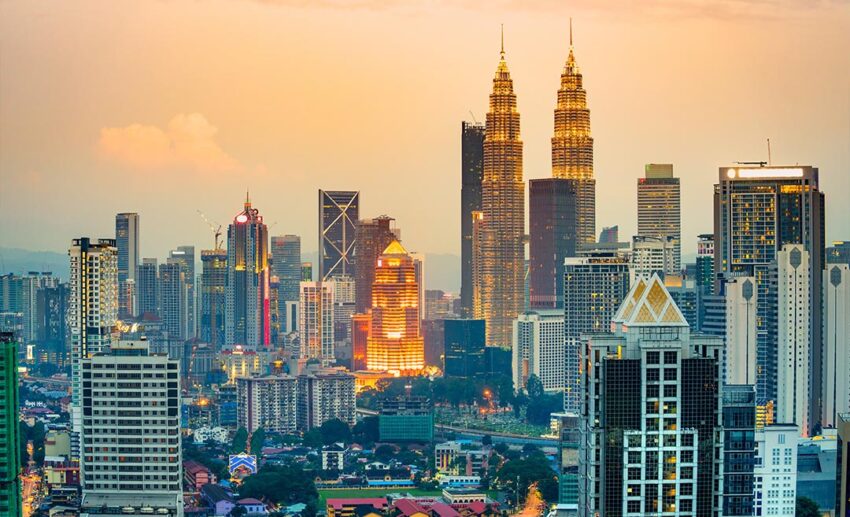
Locals may refer to the Malaysian capital as KL, but for foreigners, “Kuala Lumpur” just seems to roll off the tongue. So don’t be surprised that Kuala Lumpur is one of the places Enrique Iglesias visits in “Rhythm Divine” (1999), along with exotic spots like Brazil’s Ipanema and the Italian island of Capri, as he stalks his object of desire around the world.
A couple of years later, Westlife featured Kuala Lumpur in a line-up that included party hotspots like Cancun and Miami in their song “Bad Girls”. To really get in sync with Kuala Lumpur, hang out with locals like Altimet, who, in his “Kotarayaku” (2014), croons that the city entices you with success but has no qualms about swallowing you whole.
While Kuala Lumpur continues to change rapidly, the older parts of the city maintain their age-old charm.
You’ll find it impossible not to sway to “Chow Kit Road! Chow Kit Road!” (1981), Sudirman’s love letter to the lively Chow Kit area during its heyday in the 1980s.
In “KL I Sayang You” (2016), homegrown rock band Kyoto Protocol expresses their love-hate relationship with the city. But all KLites know, this amazing city is worthy of their love.
This story by Yow Hong Chieh was originally published on AirAsia. Zafigo republished this story in full with permission from the publisher, simply because good stories should be read by as many people as possible! If you have stories that will be of interest and useful to women travellers, especially in Asia, please get in touch with us at [email protected].




